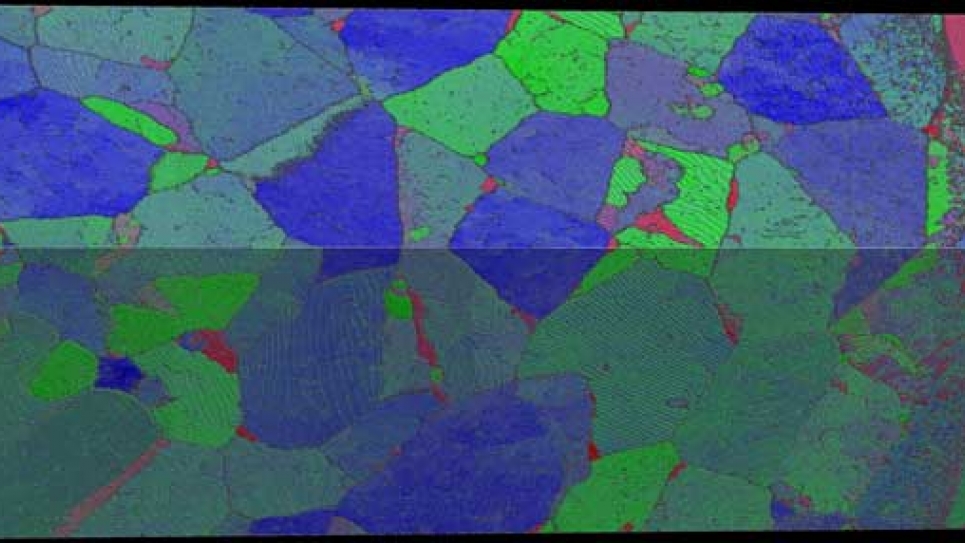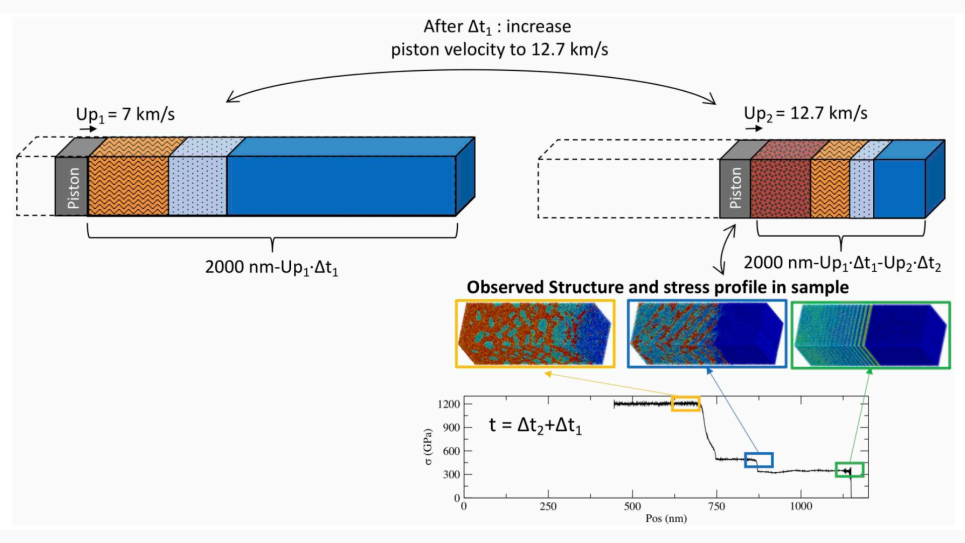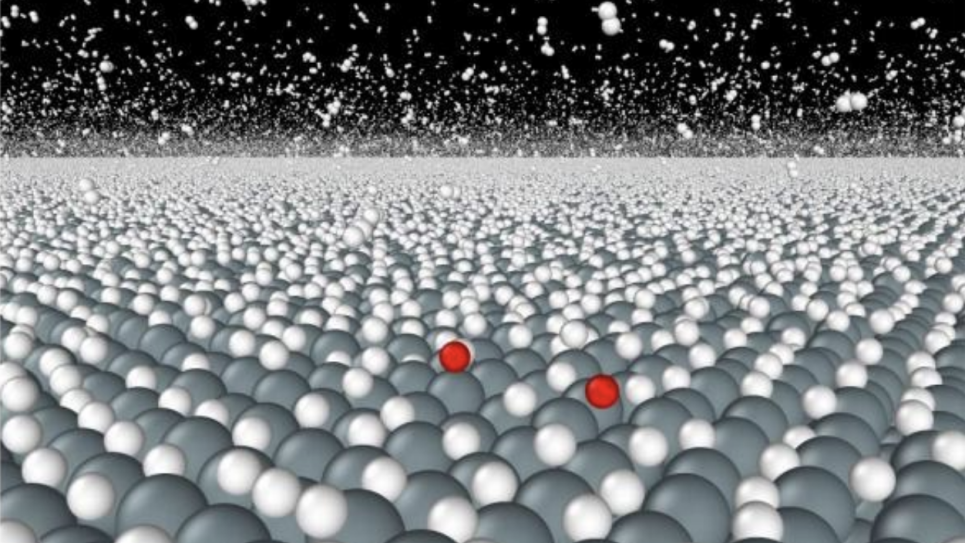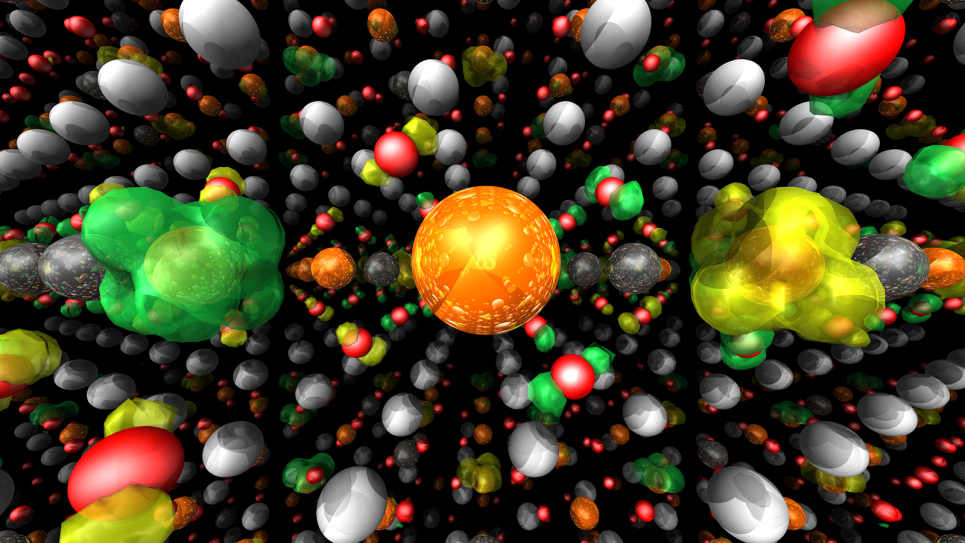
Multibillion-atom MD Studies of the Mechanical Response of Nanocrystalline Ta
Just over 50 years ago, British metallurgists E. O. Hall and N. J. Petch independently discovered a striking relationship between the strength of steel samples and their grain size; namely, that the yield stress σy increases with decreasing grain diameter d with an inverse square-root dependence: σy = σ0 + k d-1/2.
Since then, materials scientists have found that this empirically observed “Hall-Petch” relationship is surprisingly universal. The yield, flow, and fracture stresses for a wide variety of materials obey a similar relationship down to the smallest grain sizes typically encountered.
However, this dependence must eventually break down; materials cannot continue to become stronger as the grain sizes approach the atomic (sub-nm) scale, since then materials become amorphous rather than (poly-)crystalline. Where this breakdown occurs remains difficult to probe experimentally, due to the challenges in synthesizing samples with well-controlled nanoscale grain sizes.
This project will conduct Molecular Dynamics (MD) simulations of compression under uniaxial strain of Tantalum nanocrystalline samples. This project will model grain sizes between 70 nanometers and 0.4 micrometers, which is well above grain sizes ever modeled so far with 3D MD simulations and are the first step towards micron-size simulations, matching the length and time scales experimentally accessible at Argonne's Advanced Photon Source (APS) and SLAC’s Linac Coherent Light Source (LCLS).
The results of this research will have a significant impact in the materials science community, both because of the scale of the simulations proposed, because of the grain sizes investigated and because of the physics insight that we can gain from such simulations.


